Home>Maintenance & Safety>Pest Control Solutions>What Time Of Year Do Yellow Jackets Die
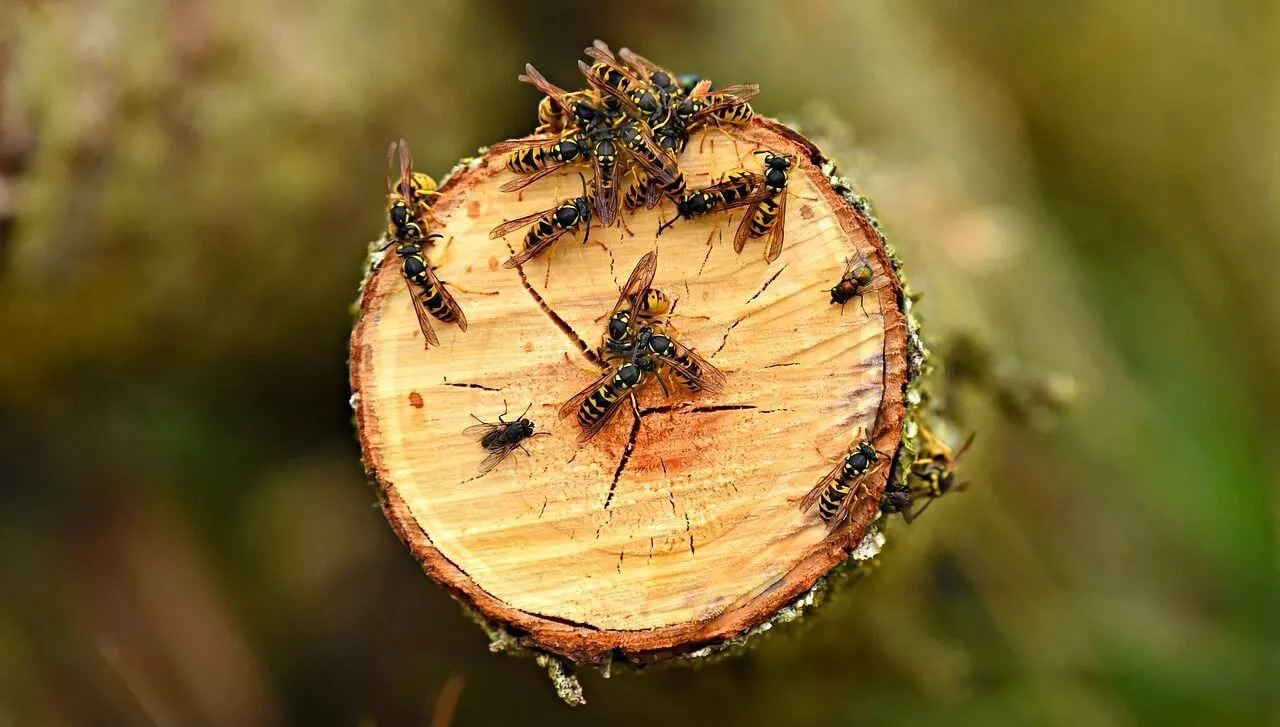

Pest Control Solutions
What Time Of Year Do Yellow Jackets Die
Published: February 13, 2024
Discover effective pest control solutions to eliminate yellow jackets and prevent infestations. Learn when yellow jackets die and how to keep them away.
(Many of the links in this article redirect to a specific reviewed product. Your purchase of these products through affiliate links helps to generate commission for Storables.com, at no extra cost. Learn more)
Introduction
Yellow jackets are a common sight during the warmer months, buzzing around picnics, gardens, and outdoor events. These aggressive insects are known for their distinctive yellow and black markings and their painful stings. Understanding the life cycle and behavior of yellow jackets is crucial for effective pest control and management. From their nesting habits to their seasonal patterns, yellow jackets exhibit fascinating characteristics that impact their population and activity levels. In this article, we will delve into the life cycle of yellow jackets, explore the factors influencing their lifespan, and address the critical question: when do yellow jackets die? By gaining insights into the natural history of these insects, we can better comprehend their presence and implement strategies to coexist with them harmoniously.
Key Takeaways:
- Yellow jackets die in the autumn as the colony’s focus shifts from nurturing worker larvae to producing new queens and males. This marks the end of the colony’s lifecycle and the workers, along with the original queen, perish as the cold weather sets in.
- Factors such as seasonal variation, environmental conditions, predation, colony health, and chemical exposure influence the lifespan of yellow jackets. Understanding these factors helps researchers and pest control professionals develop effective strategies for managing yellow jacket populations.
Read more: What Temp Do Yellow Jackets Die
Life Cycle of Yellow Jackets
Yellow jackets undergo a fascinating and intricate life cycle, characterized by distinct stages that contribute to their population dynamics and behavior. Understanding this life cycle is essential for pest control and management efforts.
-
Queen Establishment: The life cycle of yellow jackets begins in the spring when the overwintering queens emerge from their hibernation sites. These mated queens search for suitable nesting sites to establish new colonies. Ideal locations include underground burrows, hollow trees, or man-made structures such as attics or wall voids.
-
Nest Initiation: Once a suitable site is found, the queen begins constructing the initial nest. She forms a small paper-like structure by chewing wood fibers and mixing them with saliva. This forms the foundation for the nest, which will eventually house the developing brood.
-
Egg Laying: As the nest grows, the queen lays eggs within individual cells. These eggs hatch into legless larvae that are meticulously cared for by the queen. She feeds them with regurgitated food, often captured insects or other protein sources.
-
Pupal Stage: The larvae undergo several molts before entering the pupal stage, during which they transform into adult workers. This process is facilitated by the collective efforts of the queen and the emerging worker caste.
-
Worker Emergence: As the first batch of workers emerges, they assume the responsibilities of foraging for food, expanding the nest, and caring for subsequent broods. The queen's primary role transitions to egg laying, as the workers take over the day-to-day activities within the colony.
-
Colony Expansion: Throughout the summer, the yellow jacket colony grows rapidly, reaching its peak population size. This phase is marked by heightened foraging activity and territorial defense as the workers gather resources to sustain the developing colony.
-
Reproductive Phase: Towards the end of summer, the colony's focus shifts from nurturing worker larvae to producing reproductive individuals. The queen lays eggs that develop into new queens and males, which will eventually mate and disperse to initiate new colonies.
-
Decline and Overwintering: As autumn approaches, the original queen's egg-laying diminishes, and the colony's activity wanes. The workers, having fulfilled their duties, become more aggressive in their search for food. Eventually, the colony enters a decline, and the mated queens and males leave the nest to mate. The workers, along with the original queen, perish as the cold weather sets in, while the newly mated queens seek shelter to overwinter and restart the cycle in the following spring.
Understanding the intricacies of the yellow jacket life cycle provides valuable insights into their behavior and population dynamics. By comprehending the stages of colony development and the roles of different castes, pest control professionals and homeowners can implement targeted strategies to manage yellow jacket populations and minimize potential conflicts.
Factors Affecting Yellow Jacket Lifespan
The lifespan of yellow jackets, like that of many other insects, is influenced by a myriad of factors that shape their survival and reproductive success. Understanding these factors is crucial for comprehending the population dynamics and ecological role of these insects.
-
Seasonal Variation: Yellow jackets exhibit distinct lifespan patterns across different seasons. The overwintering queens, which are the sole survivors of the previous year's colony, have the longest lifespan, often surviving for several months. In contrast, the workers and males, which emerge later in the season, have significantly shorter lifespans, typically ranging from a few weeks to a couple of months. This seasonal variation in lifespan is intricately linked to the colony's life cycle and reproductive strategies.
-
Environmental Conditions: Environmental factors such as temperature, humidity, and food availability play a pivotal role in determining the lifespan of yellow jackets. Warmer temperatures generally favor increased activity and longevity, allowing the insects to forage for food and tend to the needs of the colony more efficiently. Conversely, harsh environmental conditions, such as extreme heat or cold, can significantly impact their lifespan, particularly for the workers and males as they struggle to cope with the challenges of their short but intense lives.
-
Predation and Parasitism: Yellow jackets face numerous threats from predators and parasitic organisms, which can drastically reduce their lifespan. Predatory animals, including birds, mammals, and other insects, actively hunt foraging workers and vulnerable individuals near the nest, leading to premature mortality. Additionally, parasitic organisms such as mites and wasps target yellow jacket colonies, inflicting significant harm and shortening the lifespan of individual insects.
-
Colony Health and Resources: The overall health and resource availability within the colony can profoundly impact the lifespan of yellow jackets. A well-established and thriving colony with abundant food resources is likely to support the longevity of its members, ensuring optimal conditions for the queen, workers, and developing brood. Conversely, colonies facing resource scarcity or health challenges may experience reduced lifespans and diminished reproductive success, ultimately affecting the population dynamics of yellow jackets in a given area.
-
Chemical Exposure: Pesticides, chemical pollutants, and other environmental toxins can pose a significant threat to the lifespan of yellow jackets. Exposure to these substances, whether through direct contact or contaminated food sources, can lead to acute mortality or long-term health effects, impacting the overall vitality and longevity of individual insects and entire colonies.
By considering these factors, researchers, pest control professionals, and conservationists can gain valuable insights into the complex interplay of ecological variables that influence the lifespan of yellow jackets. This understanding is instrumental in developing effective management strategies and conservation efforts aimed at promoting the coexistence of these insects within their natural ecosystems.
Yellow jackets typically die off in the late fall or early winter. As the weather gets colder, the worker yellow jackets die off, leaving only the newly mated queens to hibernate and start new colonies in the spring.
When Do Yellow Jackets Die?
Yellow jackets, like many social insects, exhibit a remarkable seasonal pattern in their lifespan, culminating in a critical phase that significantly impacts their population dynamics. As autumn approaches and temperatures begin to drop, the lifecycle of yellow jackets undergoes a profound transition. This transition marks the culmination of the colony's activities and sets the stage for the eventual demise of the workers and the original queen.
During the summer months, the yellow jacket colony thrives, reaching its peak population size as the workers diligently forage for food, expand the nest, and care for the developing brood. However, as the days grow shorter and the temperatures cool, the colony's focus shifts from nurturing worker larvae to producing reproductive individuals. The queen lays eggs that develop into new queens and males, which will eventually mate and disperse to initiate new colonies. This phase, known as the reproductive phase, heralds a significant shift in the colony's dynamics and ultimately leads to the decline and demise of the existing population.
As the newly produced queens and males mature, they leave the nest in search of mates and suitable locations to establish new colonies. This dispersal marks the beginning of the end for the original colony. The workers, having fulfilled their duties in sustaining the colony, become increasingly aggressive in their search for food as the availability of natural resources dwindles. This heightened foraging activity exposes them to greater risks, including encounters with predators and environmental stressors.
Ultimately, the combination of diminishing food sources, environmental challenges, and the completion of the reproductive phase leads to the gradual decline of the yellow jacket colony. As the cold weather sets in, the workers, along with the original queen, reach the end of their lifespan. The workers, having dedicated themselves to the survival and prosperity of the colony, succumb to the changing environmental conditions and the challenges of their short but intense lives. Meanwhile, the original queen, having fulfilled her role in producing the next generation, also meets her end, leaving behind the newly mated queens to seek shelter and overwinter, ensuring the continuity of the species.
This natural progression in the lifecycle of yellow jackets underscores the intricate interplay of seasonal cues, reproductive strategies, and environmental factors that shape the fate of these remarkable insects. By understanding the timing and circumstances surrounding the decline and demise of yellow jacket colonies, researchers, pest control professionals, and enthusiasts gain valuable insights into the ecological dynamics of these insects and the broader implications for pest management and conservation efforts.
Conclusion
In conclusion, the lifecycle of yellow jackets is a captivating journey marked by seasonal transitions, intricate social dynamics, and critical ecological interactions. From the establishment of new colonies by overwintering queens to the decline and demise of mature colonies in the autumn, yellow jackets exemplify the resilience and adaptability of social insects in the natural world.
The factors influencing the lifespan of yellow jackets, including seasonal variation, environmental conditions, predation, colony health, and chemical exposure, underscore the complex interplay of ecological variables that shape the survival and reproductive success of these insects. By considering these factors, researchers and pest control professionals can develop targeted strategies to manage yellow jacket populations effectively while promoting their coexistence within natural ecosystems.
Understanding the critical phase when yellow jackets die, characterized by the transition from nurturing worker larvae to producing reproductive individuals, provides valuable insights into the population dynamics and ecological significance of these insects. This natural progression underscores the intricate balance of life and death within yellow jacket colonies, highlighting the interconnectedness of seasonal cues, reproductive strategies, and environmental influences.
As we reflect on the lifecycle and demise of yellow jacket colonies, it becomes evident that these insects play a vital role in ecosystem dynamics, contributing to pollination, pest control, and nutrient cycling. By appreciating the natural history of yellow jackets and the factors influencing their lifespan, we can foster a deeper understanding of their ecological contributions and implement sustainable approaches to pest management and conservation.
In essence, the lifecycle and eventual decline of yellow jacket colonies serve as a testament to the intricate web of life in which these insects are woven. By embracing this understanding, we can cultivate a harmonious coexistence with yellow jackets, recognizing their ecological significance while effectively managing their populations to minimize potential conflicts with human activities.
Frequently Asked Questions about What Time Of Year Do Yellow Jackets Die
Was this page helpful?
At Storables.com, we guarantee accurate and reliable information. Our content, validated by Expert Board Contributors, is crafted following stringent Editorial Policies. We're committed to providing you with well-researched, expert-backed insights for all your informational needs.
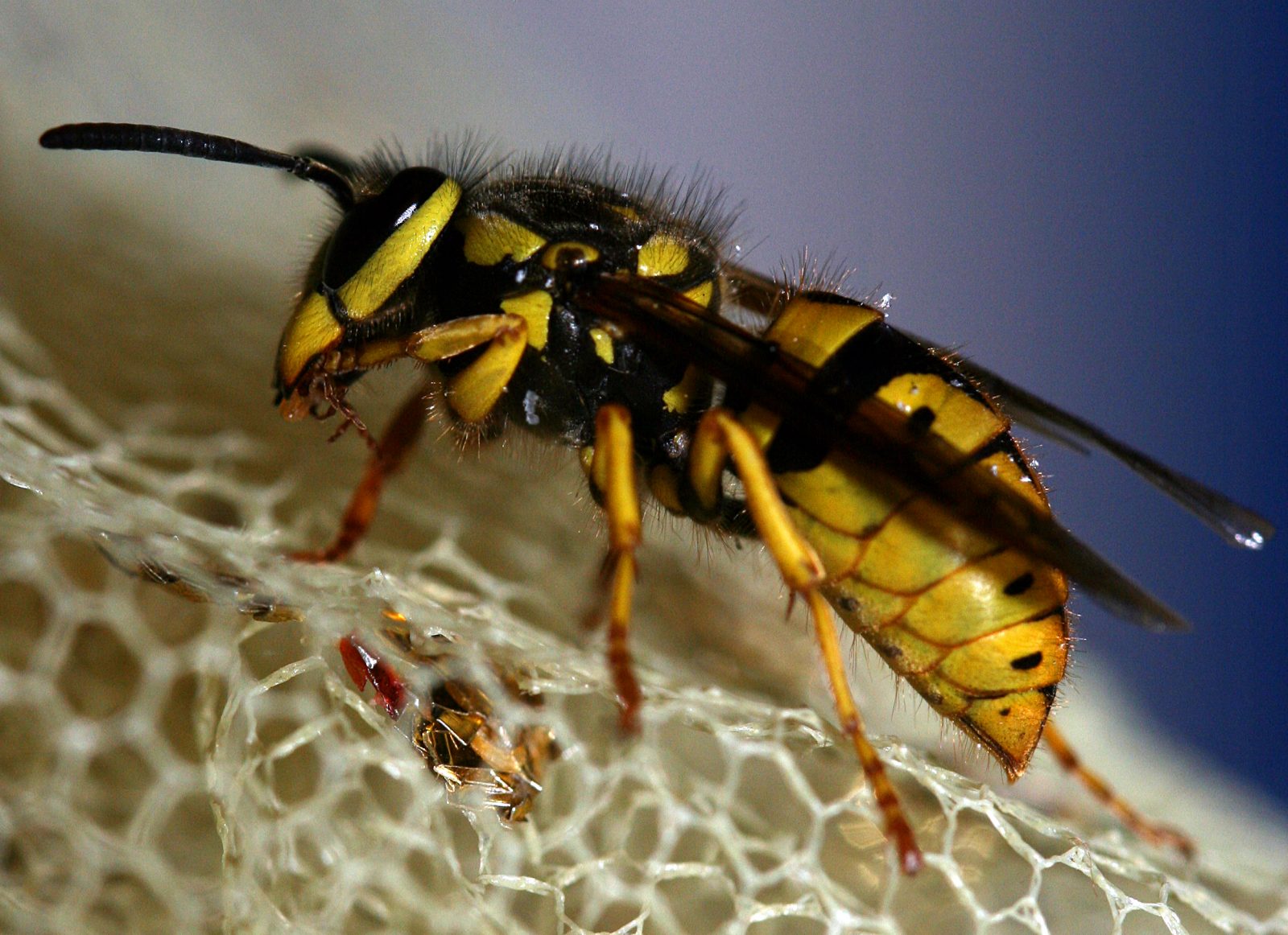
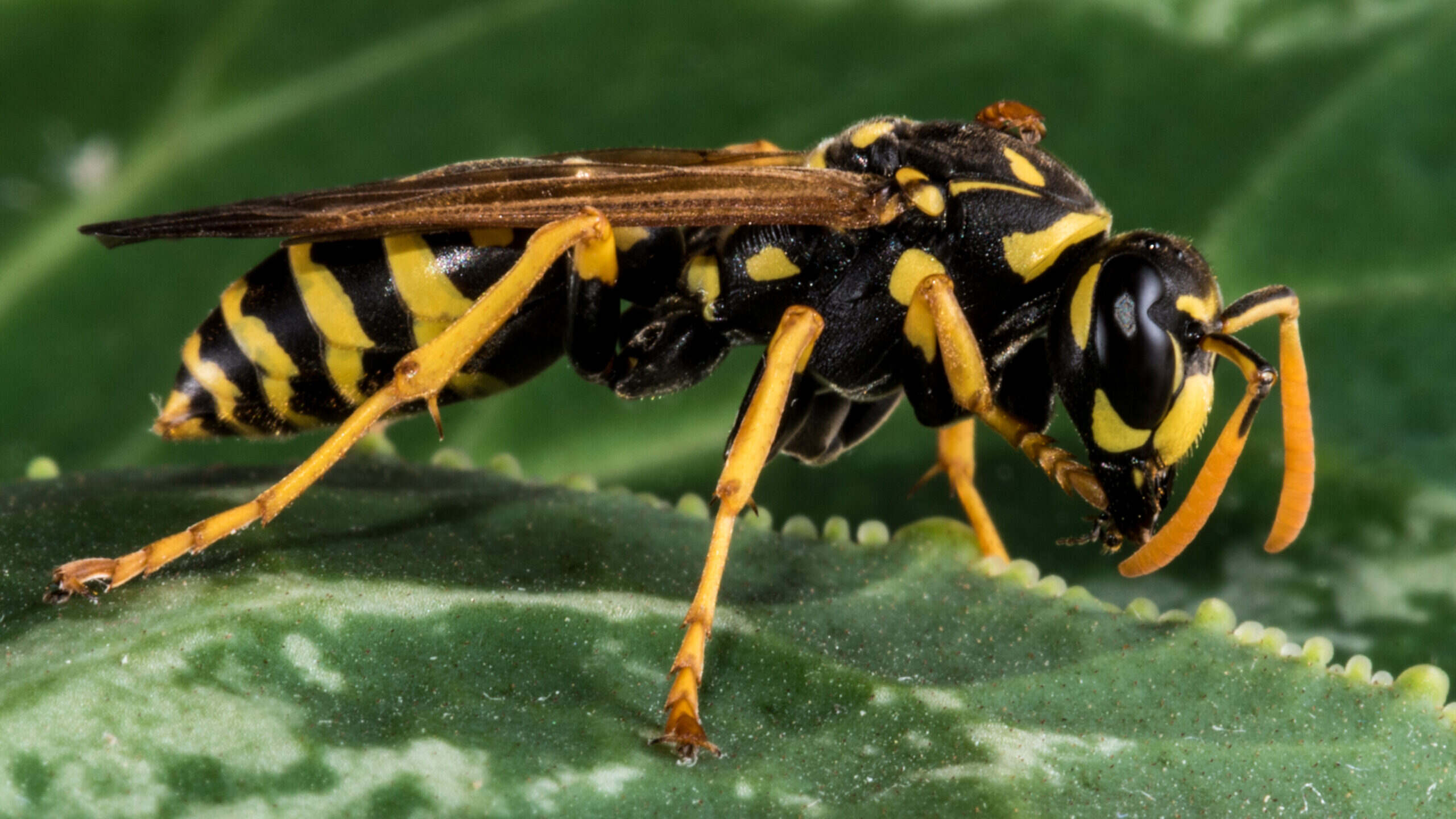
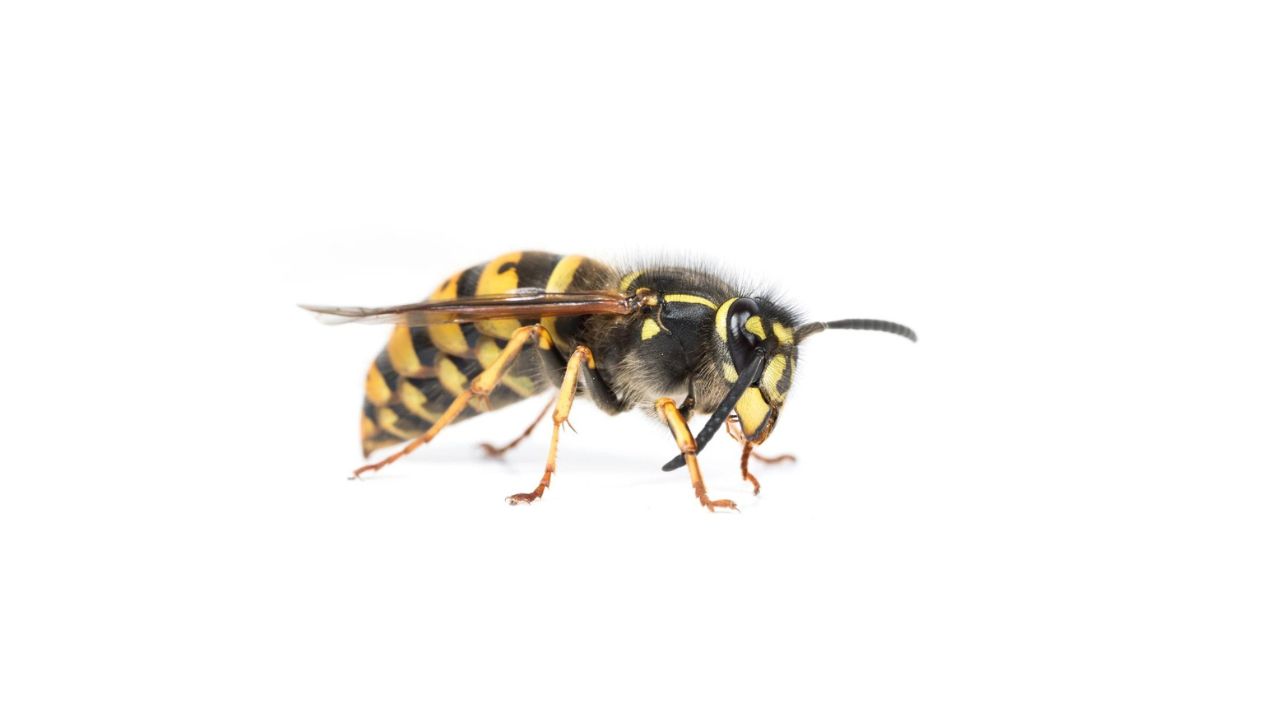
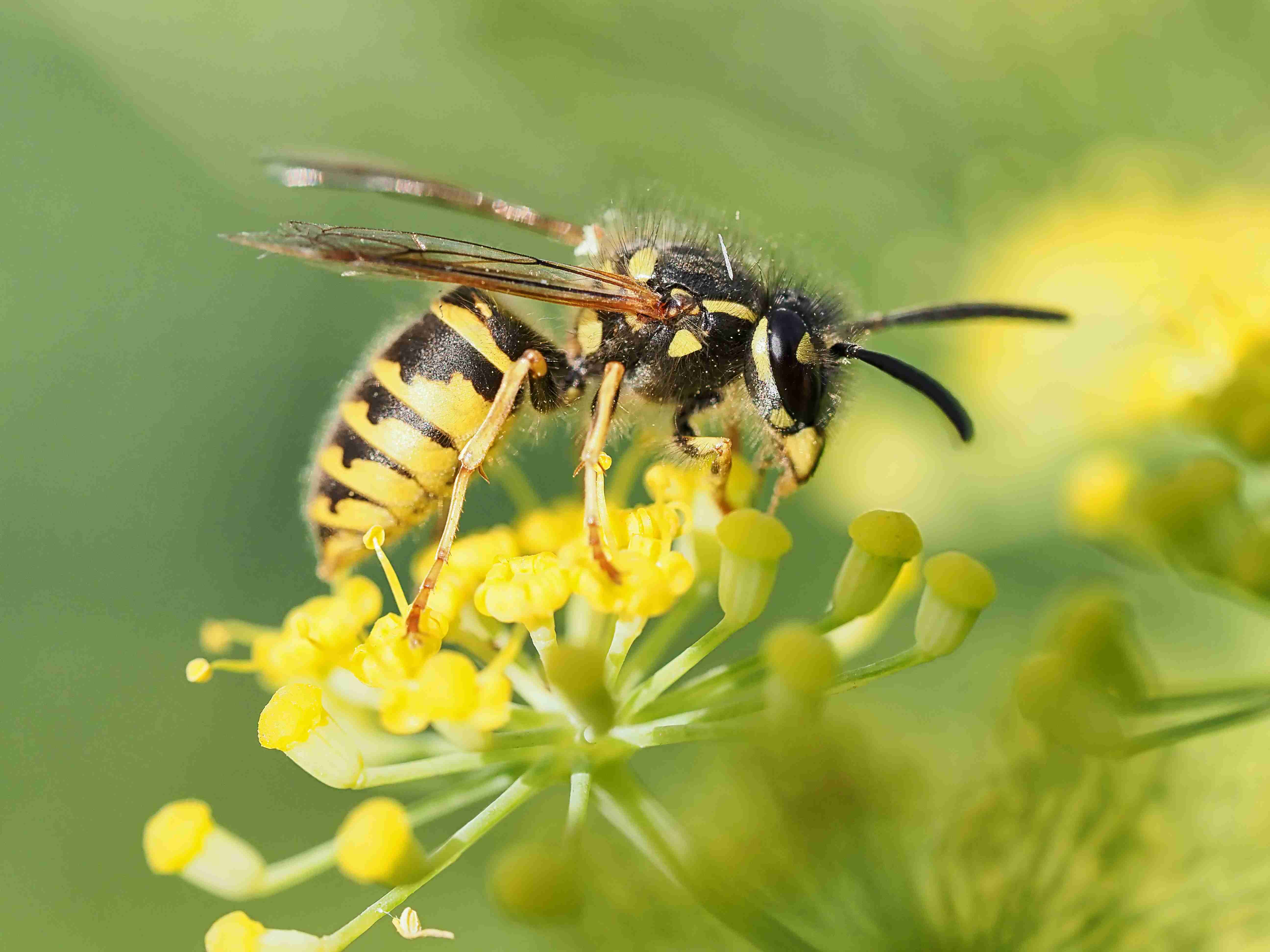
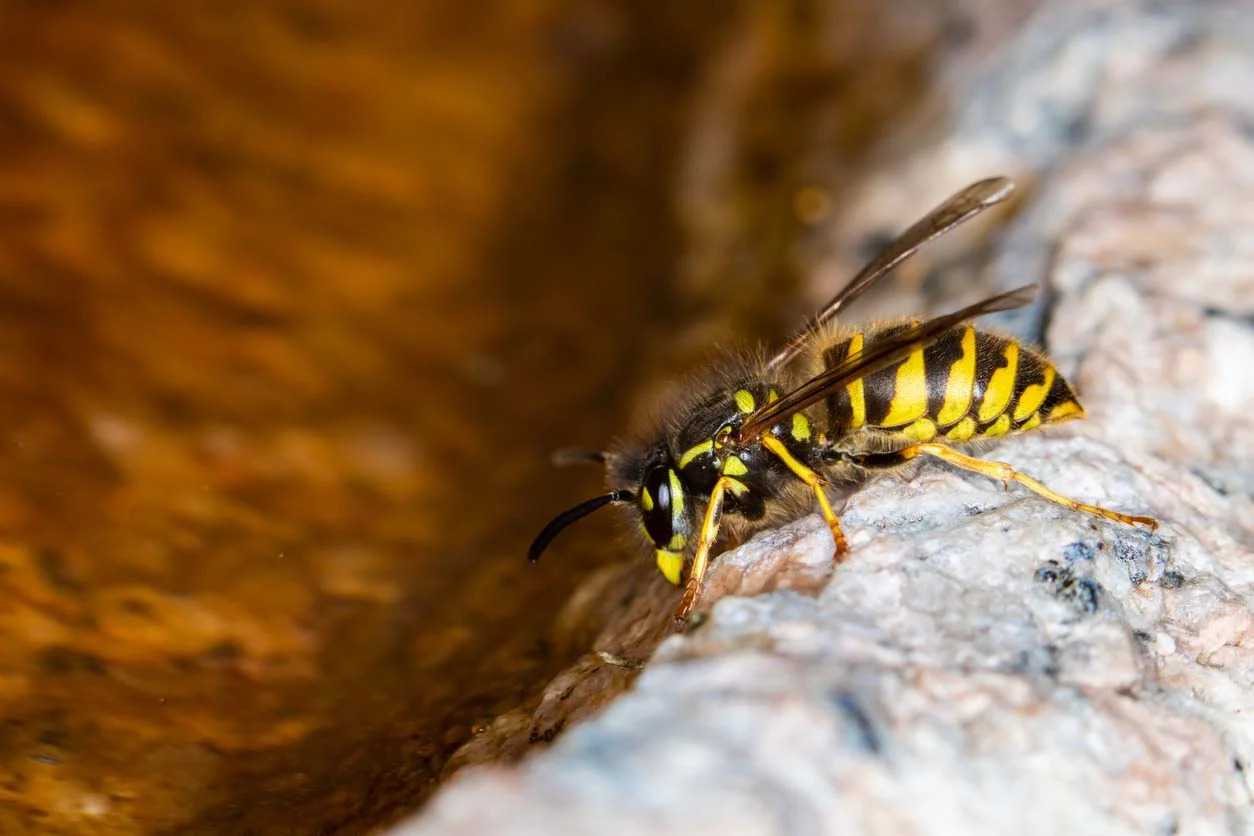
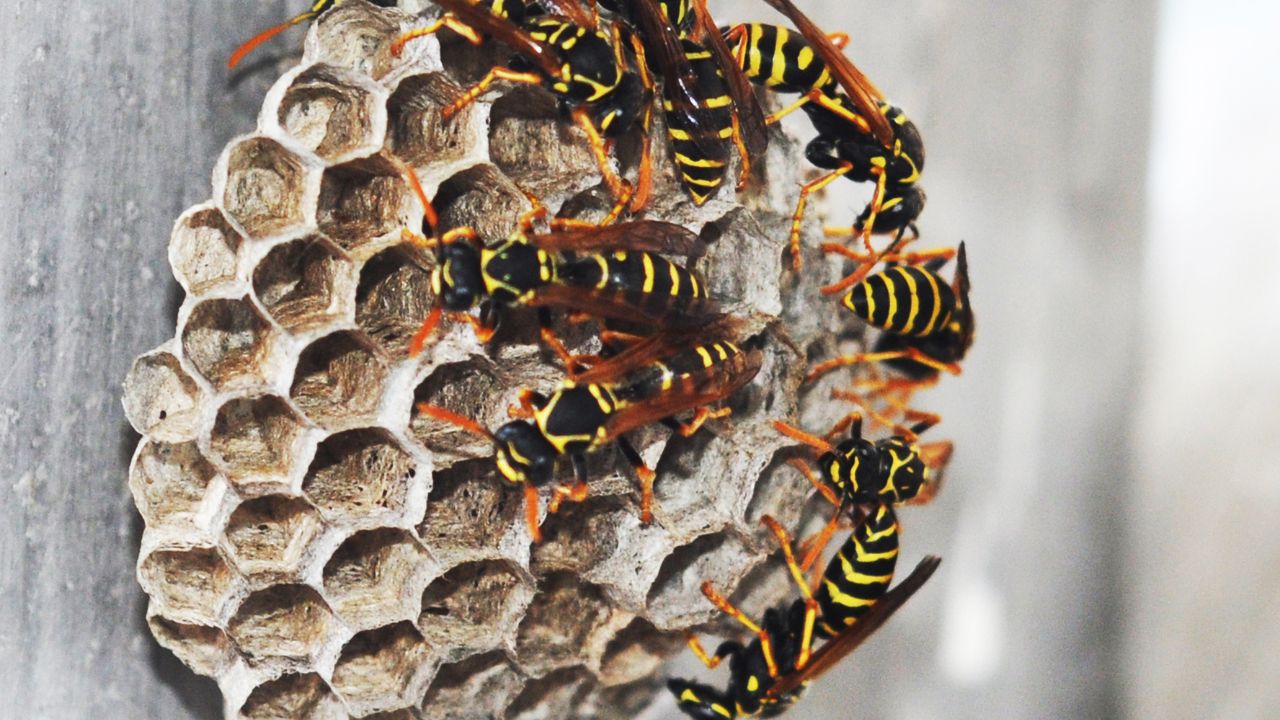
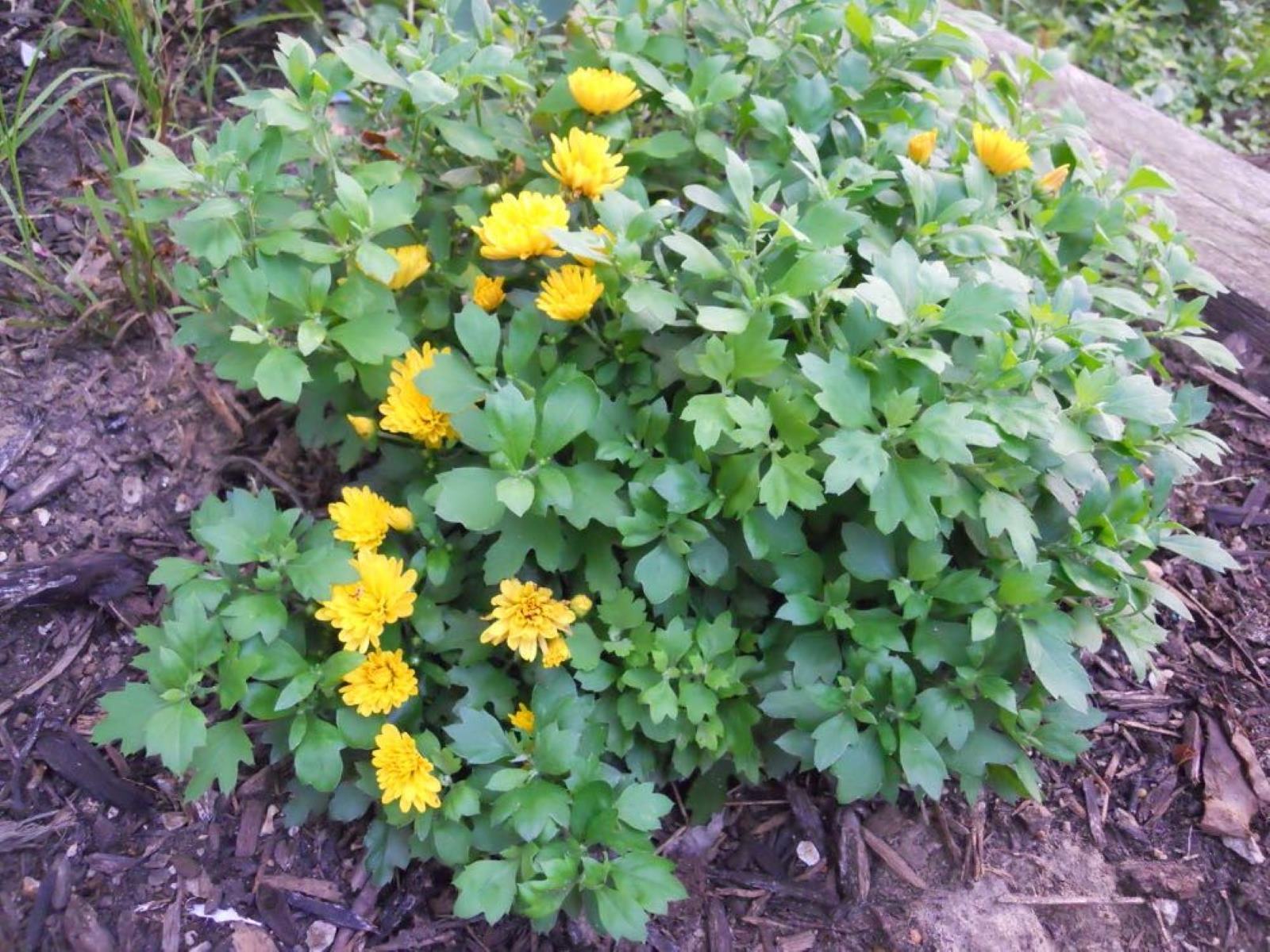
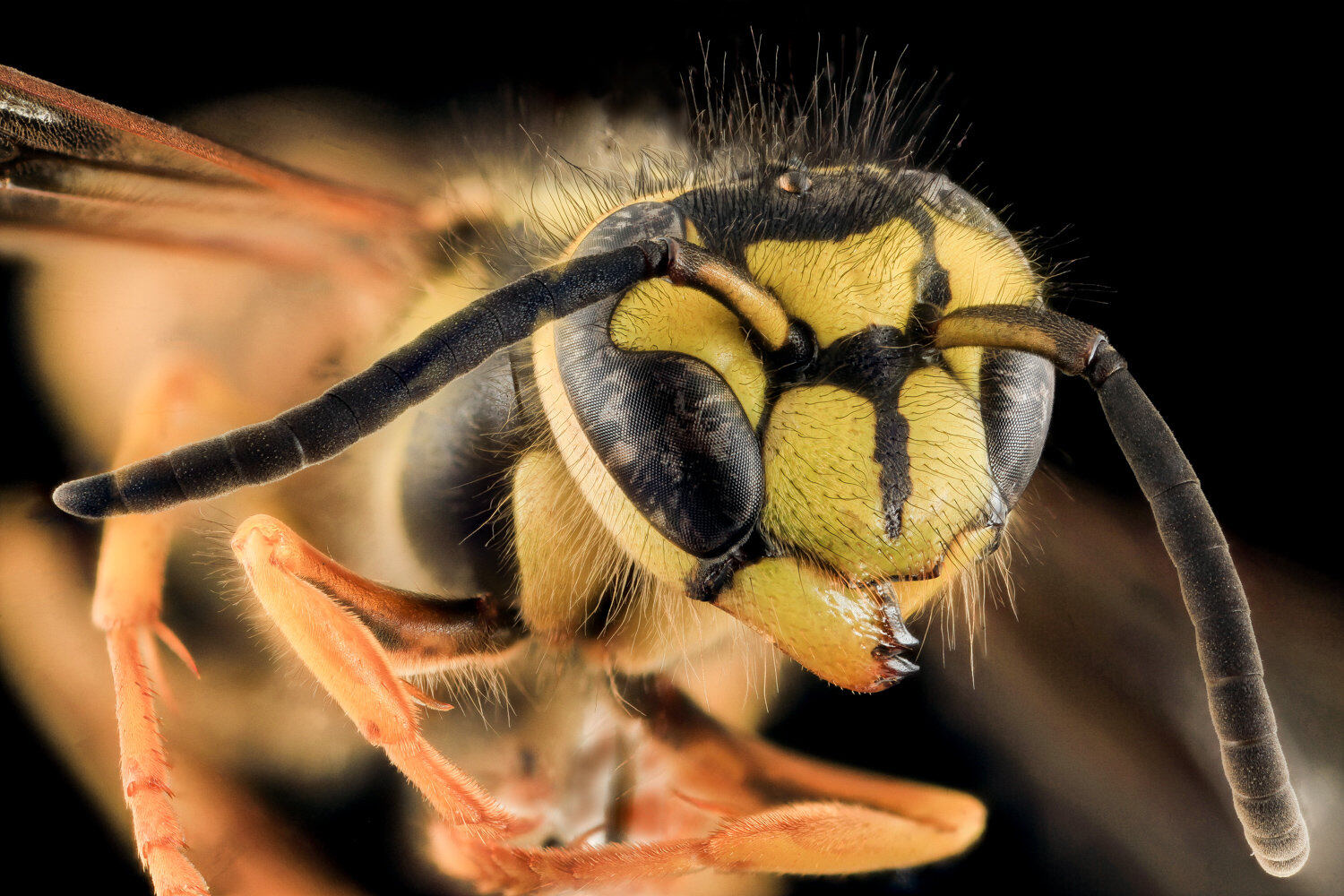
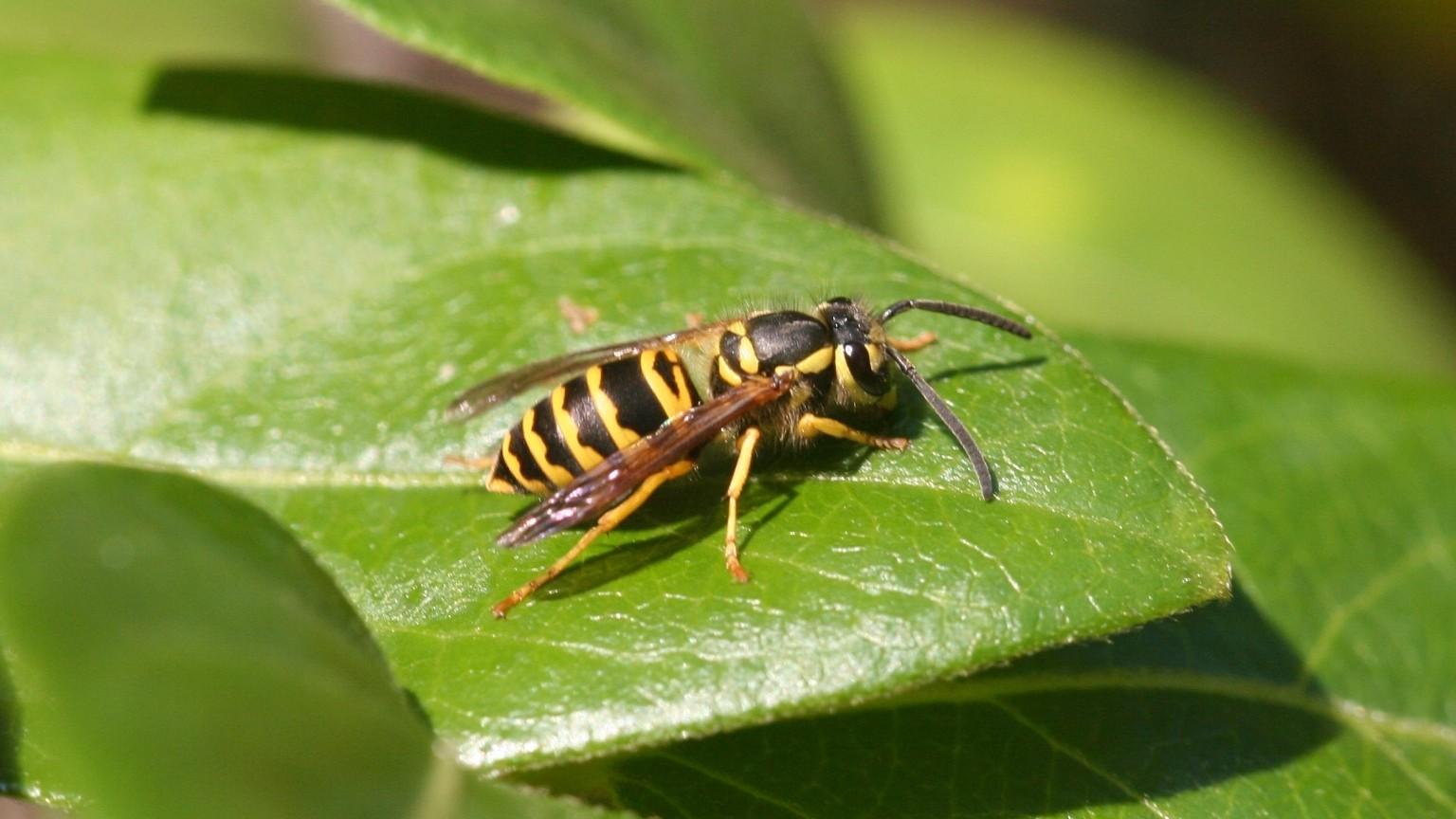
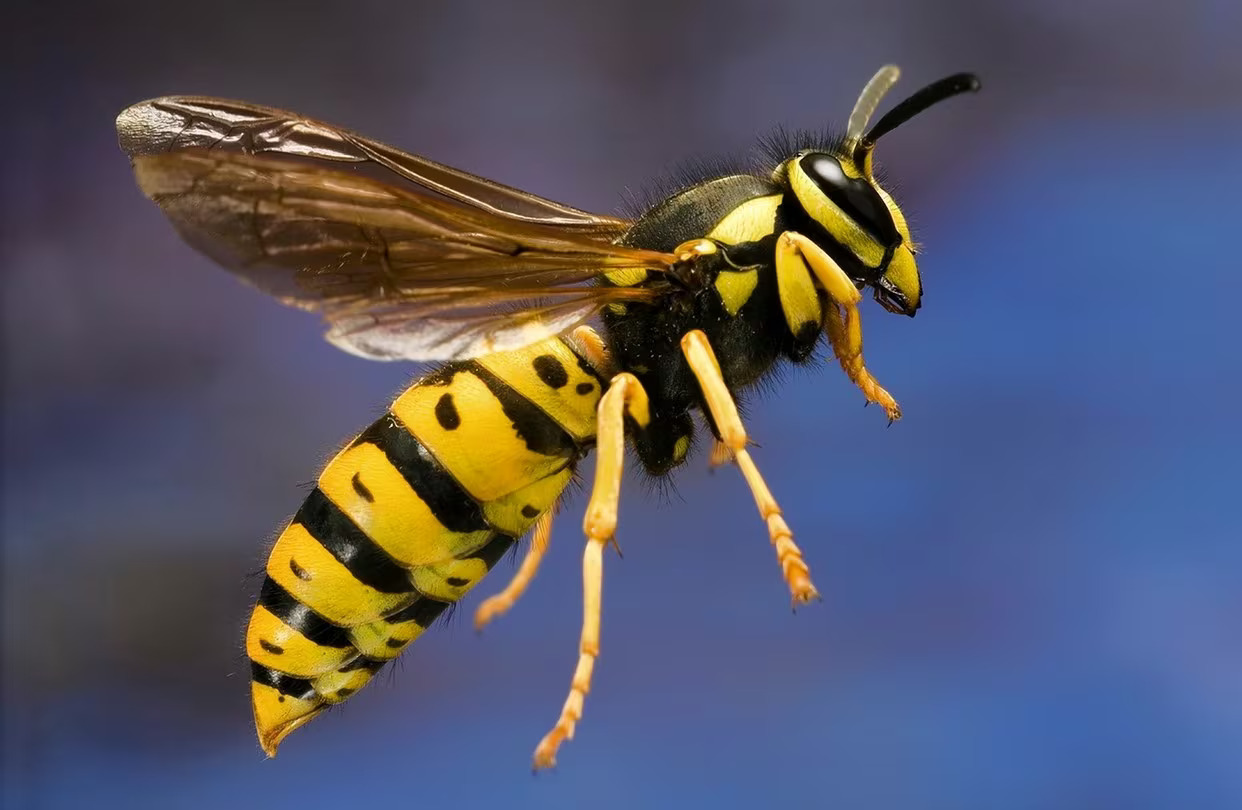
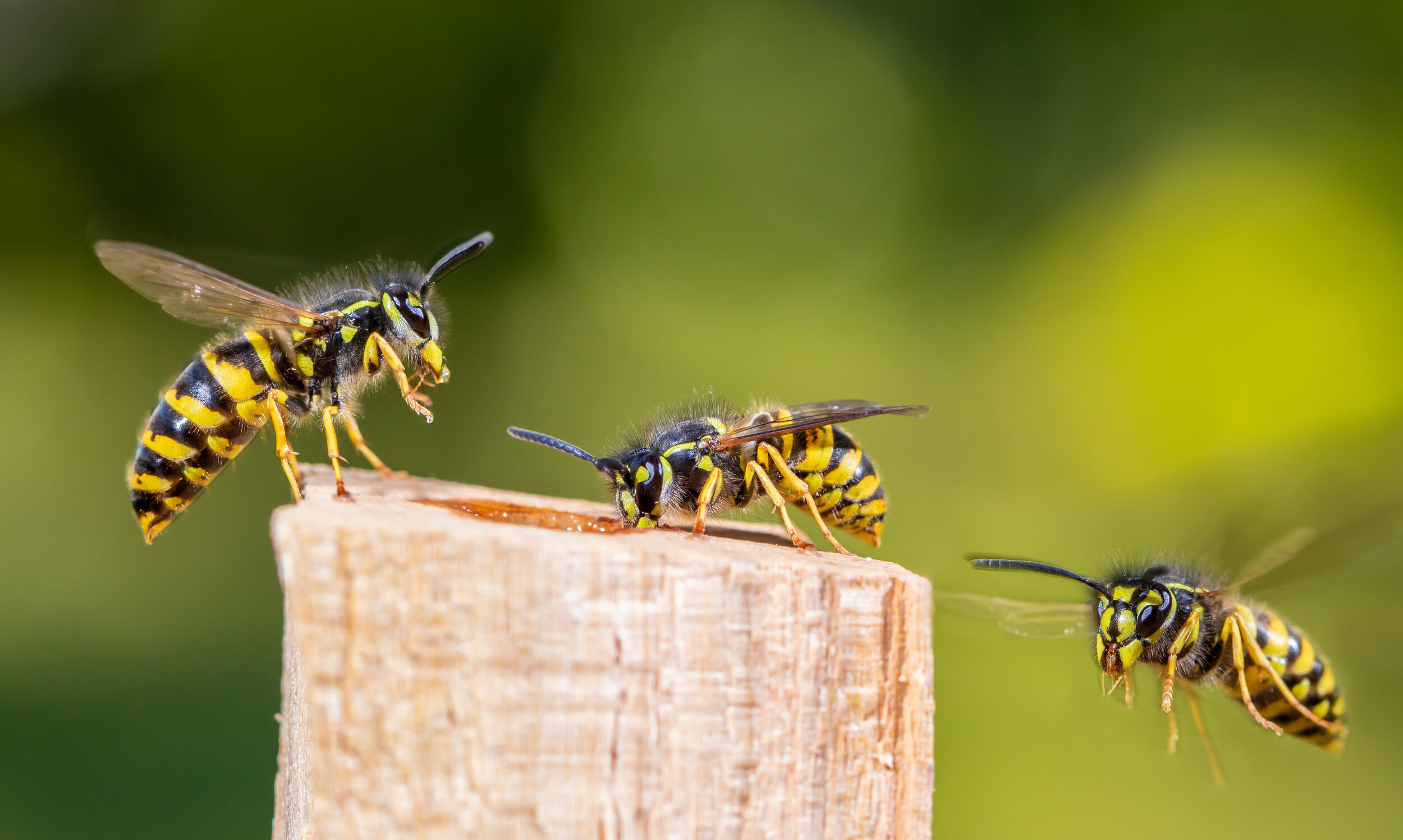
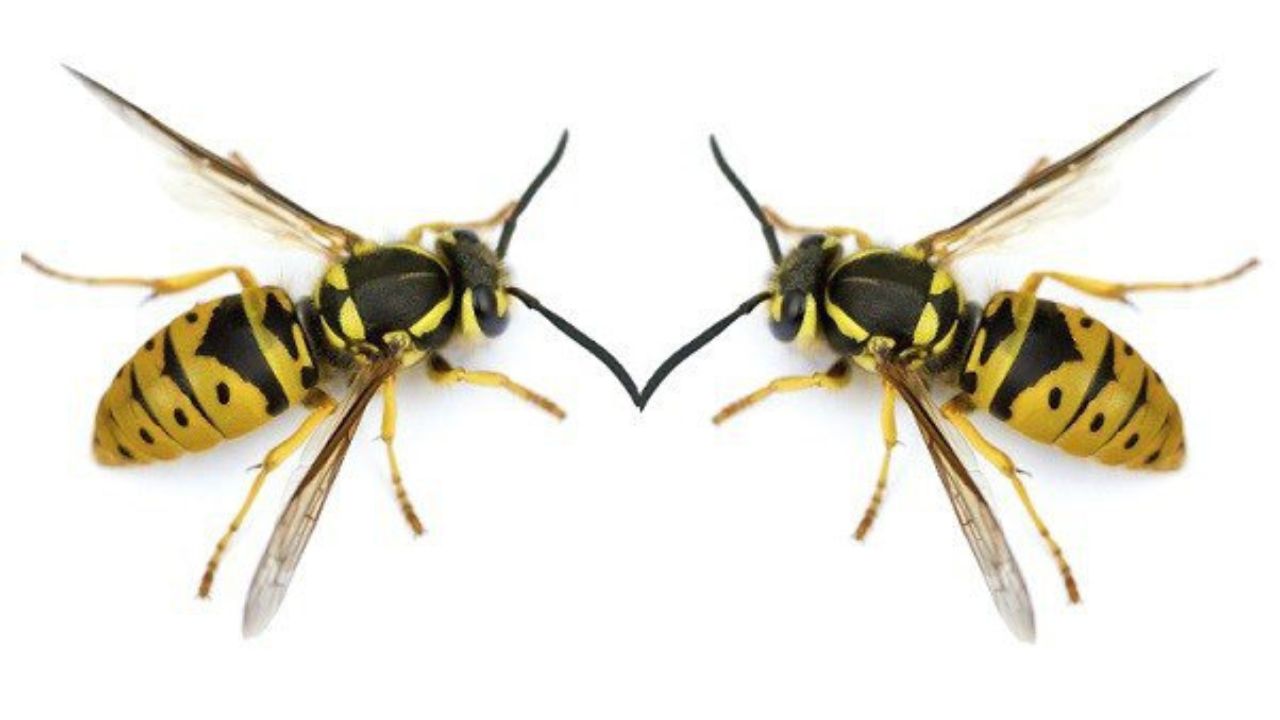
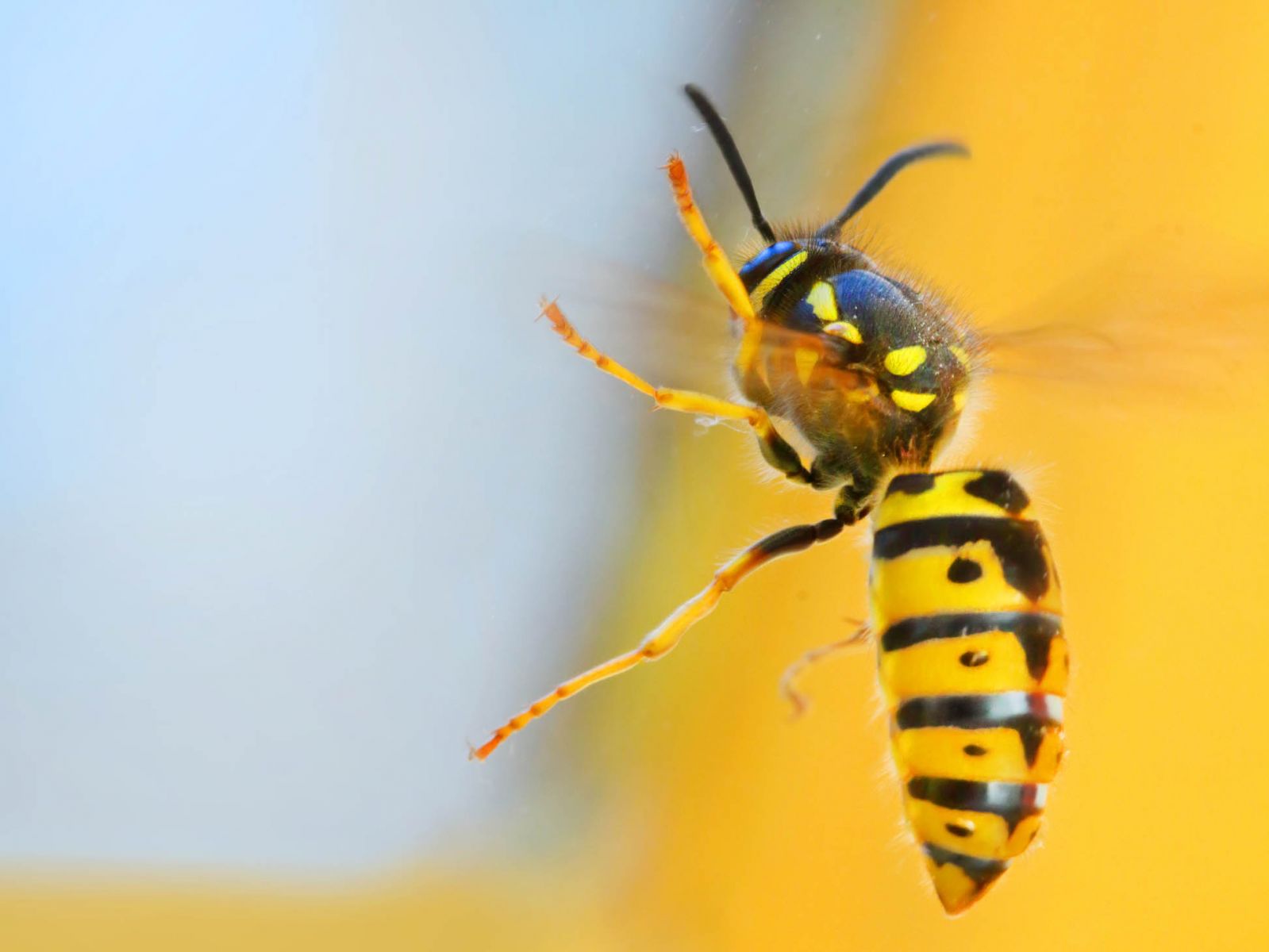
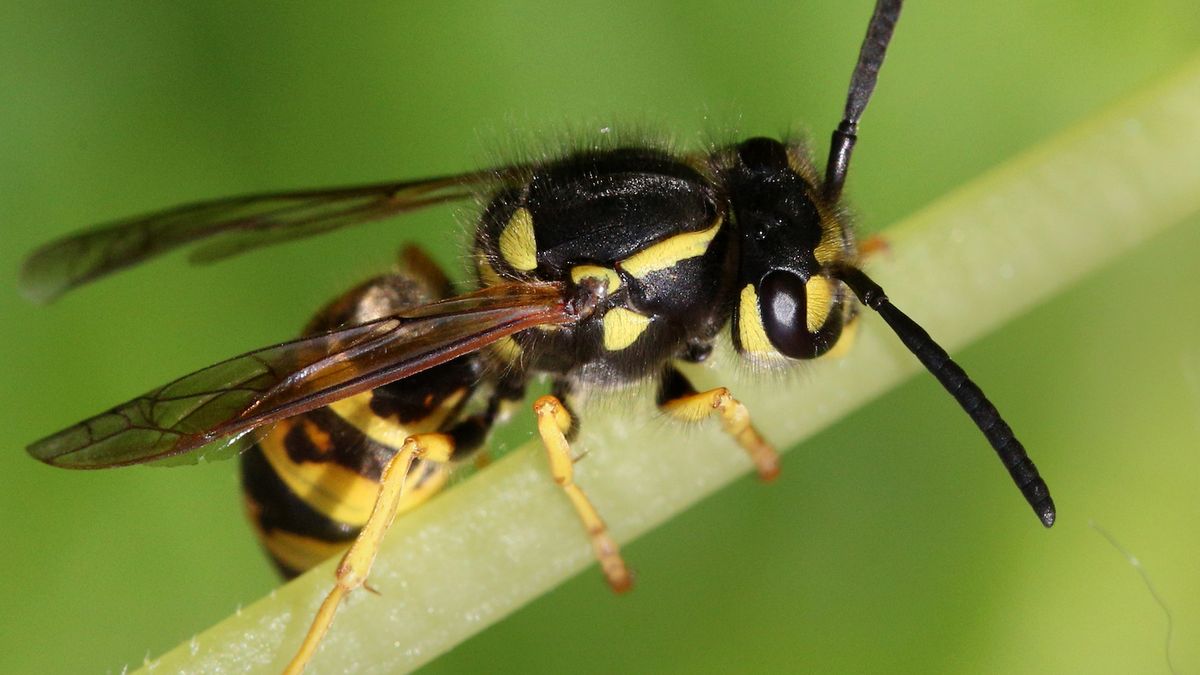
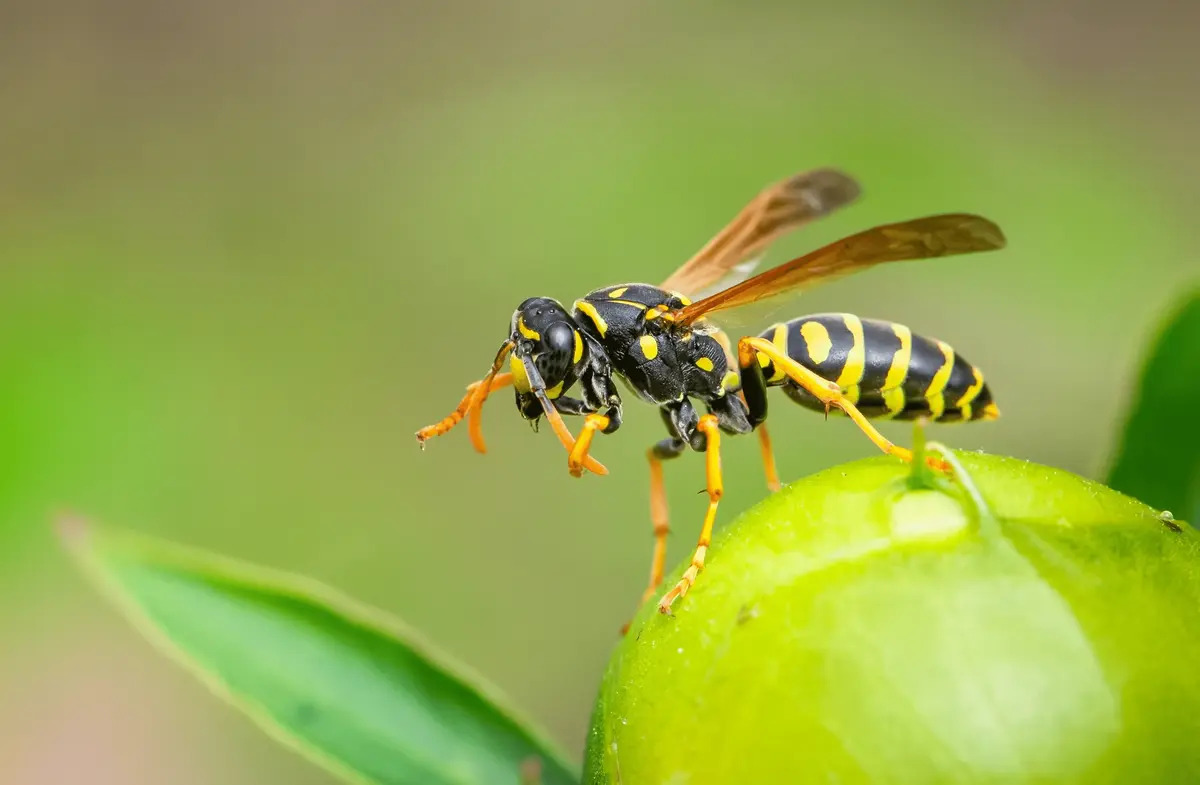

0 thoughts on “What Time Of Year Do Yellow Jackets Die”